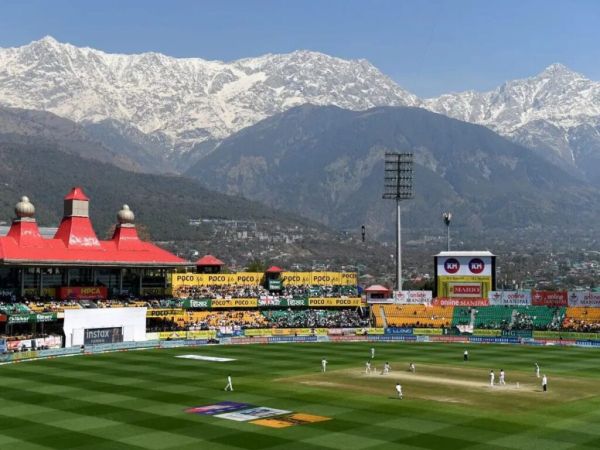
Cricket has long been celebrated as a leisurely sport played under clear skies. But the gentleman’s game is now grappling with an opponent it cannot outscore: climate change. extreme weather is rewriting the rules of the game from blistering heatwaves in India to bushfires in Australia, and hurricanes battering stadia in the West Indies, The sport faces what could be its ultimate Test match, one where survival itself is on the line. This warning is at the heart of “Hit for Six: The Danger Zone 2”, a new report that examines how rising temperatures, extreme weather, and air pollution are threatening the future of cricket worldwide. The report, which is a follow-up to the original ‘Hit for Six’ report from 2019, draws on fresh climate science, and contains player testimonies and data from major cricketing nations, to argue why the popular sport is facing an existential crisis.
How Other Cricketing Nations Are Faring
India is not alone. Climate crisis has impacted every cricketing nation. Australian cricket suffered from the ‘Black Summer’ bushfires of 2019-20, which choked Sydney and Melbourne with thick smoke, leaving players with sore throats and stinging eyes. Matches had to be cancelled or postponed. West Indies saw the 2024 Atlantic hurricane season disrupting tournaments it even left Team India stranded in Barbados. England & Wales have seen unseasonal flooding that left grounds waterlogged, forcing cancellations. The county cricket calendar was affected. While South Africa suffered due to brutal droughts impacting pitch preparation and also the availability of water, which altered match conditions, Pakistan and Bangladesh saw deadly heatwaves, coupled with rising humidity levels, that made match outings increasingly hazardous.
Why Cricket Is So Vulnerable
The picture is clear: cricket’s global calendar is under siege from a rapidly warming planet.
Cricket is played outdoors for hours at a stretch. While earlier it used to be originally a winter sport in India and summer sport in cooler countries, the rise in the popularity of the game and the financial gains from it prompted new and shorter versions of it over time. Now cricket is played throughout the year, sometimes under the fiercest sun. Growing climate worries, such as heatwaves and rising humidity levels, have only added to the problem. On top it it, players wear heavy protective gear such as pads, helmets, and gloves. These gears trap heat, raising the risk of heat- illnesses. Fast bowlers are particularly at risk due to their intense energy bursts, the Hit for Six report points out.
Can Cricket Adapt? It’s The Ultimate Test
According to the Hit for Six report, the number of days with dangerous humid heat (Heat Index >37°C) in India has increased by 20 days per year since 1970. With heat radiating off concrete and asphalt long after sunset, urban heat islands in cities like Delhi and Mumbai amplify this effect. Air pollution exacerbates the risks, especially for athletes who inhale more deeply and frequently due to exertion. And their physiological toll is profound. Players report confusion, dizziness, cramps, and dehydration during matches, the report notes. Heatstroke, a potentially fatal condition, is now a real threat on cricket pitches. Radical measures are being discussed. Cricket boards are trying to move tournaments to cooler months, schedule more day-night matches, and also contemplating to build roofed stadiums. But adaptation alone may not be enough. Former West Indies captain Daren Ganga has called for cricket’s global community to step up as a climate leader. “The time to come to the crease and heed the climate call is now. The future of cricket is up in the air and this is one ball that we cannot afford to drop,” he said in the foreword to Hit for Six: The Danger Zone 2. Selwin Hart, UN Special Adviser on Climate Action, adds: “Cricket cannot escape climate change. But it can make a difference.” This is cricket’s ultimate test: one that cannot be won with boundaries or wickets but with bold climate action.
The post Why The Climate Crisis Is Cricket’s Ultimate Test Match: Experts Paint A Grim Picture appeared first on NewsX.
-
PM Kisan: When will the 2000 rupees of the 20th installment of PM Kisan come? Complete this important work or else the money will stop..

-
Ration Card: How to apply for Ration Card online from mobile? Know the complete process, including necessary documents..

-
Airplane Mode: These 5 features are hidden in Airplane Mode, 80 out of 100 people do not know about them..

-
India’s IT Ecosystem Employs Over 6 Million People, Says Report

-
Ministry Slams Reuters Over Job Report, Backs NSO’s Globally Accepted Labour Survey
